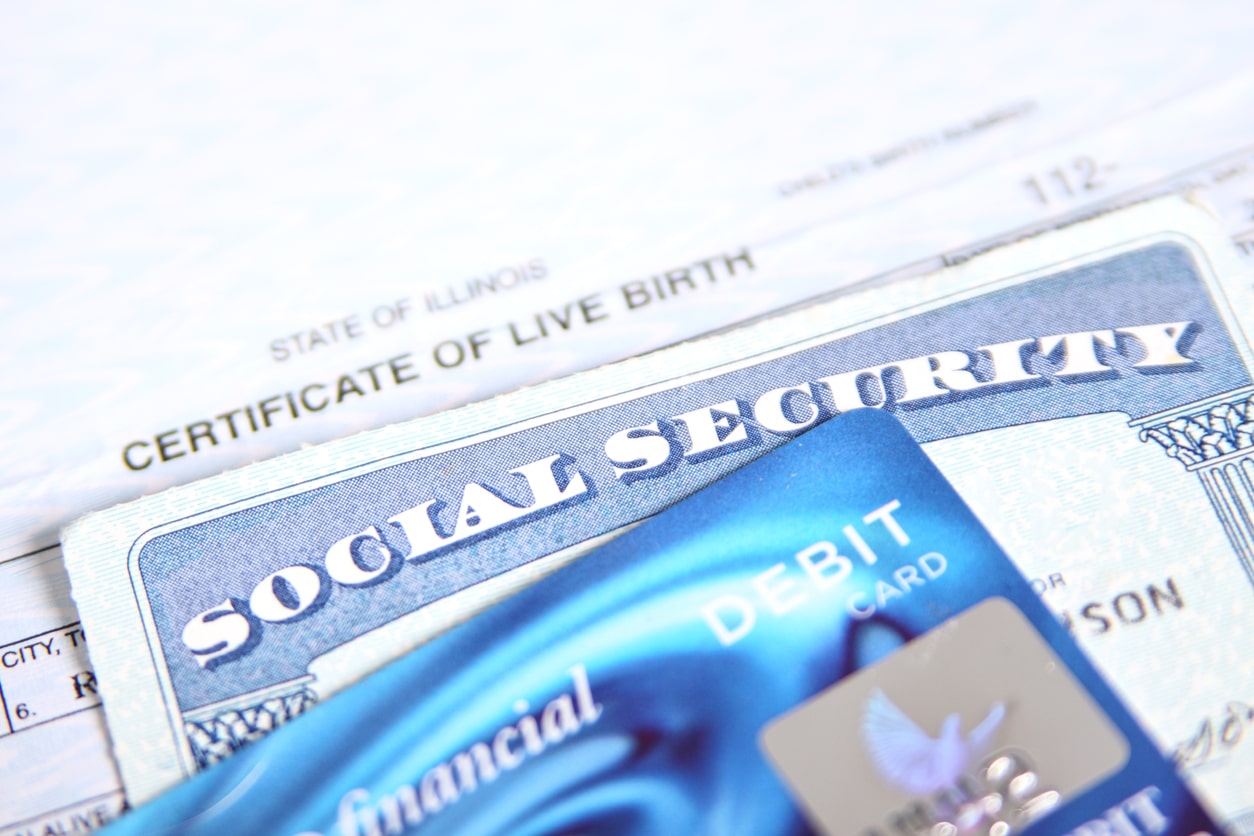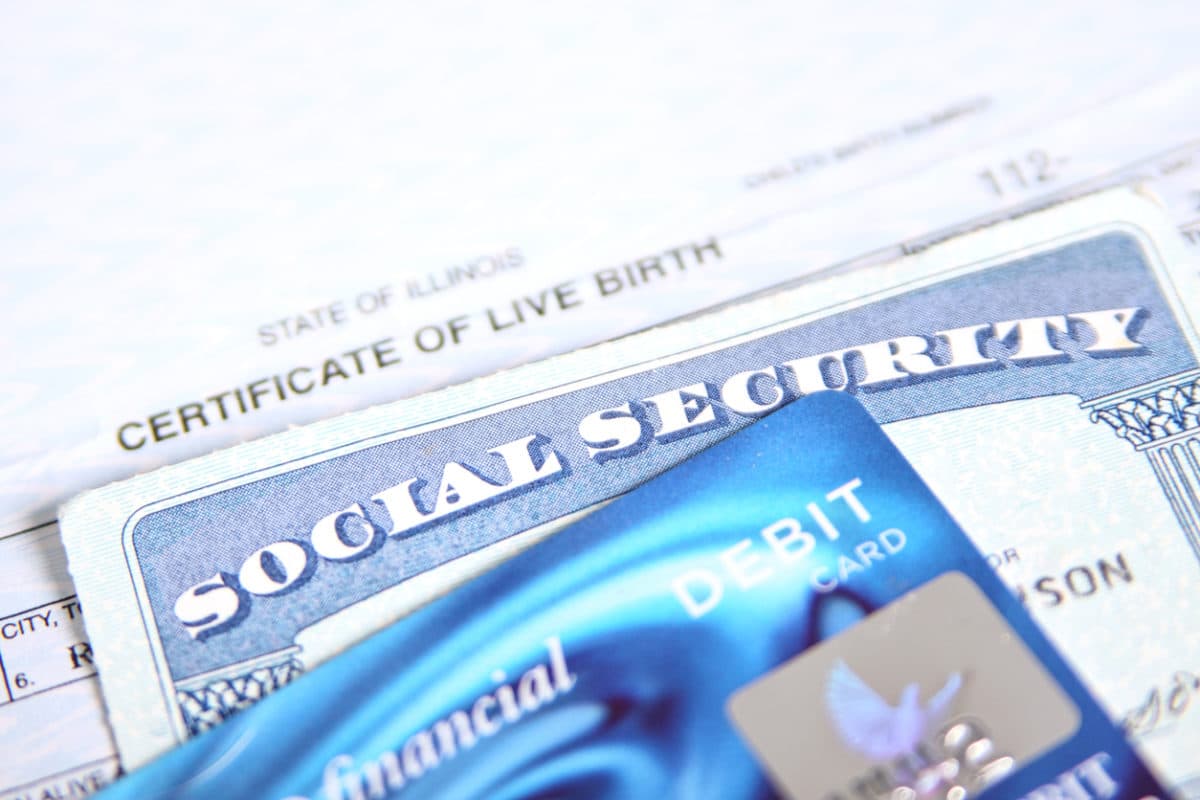
According to a report by the US Federal Reserve, synthetic identity theft is the fastest-growing financial crime in the United States.
What is Synthetic Identity Theft?
What is synthetic identity theft? Typically, fraudsters combine a real, stolen Social Security number with fake information, such as a fictitious name, date of birth, and address, to create a fraudulent synthetic identity controlled by the thief.
The creation of a completely new identity is generally for:
- Creating a credit account
- Obtaining loans
- Laundering money
- Living or working in the US
- Filing a fraudulent tax return to obtain a refund
- Escaping detection by the government
- Facilitating drug or human trafficking
- Qualifying for benefits, or
- Credit repair
The fraudster builds up the synthetic credit history over months or even years, and then finally, they borrow a large sum of money (also called “busting out”) and disappear.
How Does Synthetic Identity Theft Happen?
One of the most challenging issues related to synthetic identity theft is that the crime can go undetected for many years.
According to Kenneth Abbe of the Federal Trade Commission, “The rate of child identity theft is about 50 times higher than adults.” This means one out of every ten children have had their identity stolen.
Why the higher risk? It’s because children, unfortunately, make the best targets. In addition to children, other groups that are at-risk for synthetic identity theft include:
- Incarcerated people
- Homeless people, and
- The elderly
Members of these groups are often not actively using or monitoring their credit information, which gives thieves plenty of time to perpetrate the fraud.
What is a Manipulated Synthetic Identity?
A manipulated synthetic identity is based on a real identity where limited changes are made to the Social Security number or other elements.
Manipulated identities are often used by individuals seeking to hide a previous credit history to gain access to credit. This strategy is sometimes used by individuals with bad credit histories to be approved for new credit for legitimate purposes they intend to repay.
This type of manipulated identity is often detected because it overlaps with the real identity the person is augmenting and does not pass validity checks.
What is a Manufactured Synthetic Identity?
A manufactured synthetic identity generally includes valid data assembled from multiple identities.
These manufactured identities are often called “Frankensteins” because the thieves combine portions of personally identifiable information for real people to create a new fake identity.
Sometimes these manufactured synthetics are constructed from fraudulent information, including Social Security numbers within the same range of numbers the Social Security Administration uses to randomly issue new Social Security numbers.
The personally identifiable information utilized to create the account does not belong to any actual consumers. Manufactured synthetic identities are the most challenging to detect using current techniques.
The Dangers of Synthetic Identity Fraud
Because those most likely to have their social security numbers stolen to create a synthetic identity are children, the elderly, and incarcerated people, thieves have plenty of time to perpetrate their crimes.
Without a consumer to notice and alert an organization to fraudulent activity under their social security number, fraudsters can use synthetic identities to build and keep accounts open for months to years.
This allows them to build a false credit history, increase credit lines over time, and continually improve the synthetic identity’s credit standing to max out the credit line and disappear.
Children are especially vulnerable because they often do not notice anything is amiss with their Social Security numbers until they reach adulthood.
When victimized children come of age and attempt to buy a car or take out a student loan to attend college, they may be shocked to learn they have delinquent credit histories that they will need to resolve before they can begin building their credit.
This is one reason school districts are particularly vulnerable to hackers. Students’ Social Security numbers are valuable to fraudsters on the dark web, and school districts often do not have the budget to protect student data aggressively.
Healthcare records are also a popular target for fraudsters because they contain a great deal of information that can be used to create synthetic identities, including addresses, spousal information, children’s names, and other exploitable data points.
In addition, significant data breaches have occurred at major institutions responsible for protecting credit and identity data – including the IRS, Equifax, and Experian.
Why Are Synthetic Fraudsters Dangerous for Businesses?
Because there is no clear evidence of fraudulent activity, businesses often charge off these accounts. For enterprises, this makes it difficult to identify a synthetic fraud problem – and even harder to know if new defenses are proving effective.
Synthetic identities are not associated with a real person, which means the victims of synthetic identity fraud are businesses and lenders who must absorb these high-dollar losses.
Businesses need to be intentional and vigilant when creating and implementing their cyber security plans to protect their customers’ data.
How to Protect Yourself From Identity Theft
To protect yourself, your children, and your relatives from synthetic identity theft, you’ll want to take these important precautions:
- Don’t share your SSN
- Regularly monitor your credit
- Lock your credit reports
- Lock your children’s credit reports
- Review your annual Social Security statement
- Be cautious about the personal information you share on social media, such as your birthday
- Pay attention to any mail you receive that seems odd
- Shred all paper documents before you dispose of them
- Don’t share your personal info by phone, text, or email, and
- Consider paying for an identity protection service
If your Social Security number is stolen, it will likely take a great deal of time and effort to untangle the mess. The good news is that you will not be responsible for any fraudulent activity unless you are complicit in creating or using the fake identity.
How to Check if You’re Already a Victim
If you are suspicious that you or your child may already be a victim of synthetic identity theft, you may want to verify if your personal information has already been compromised. You can get a free, one-time dark web scan from Experian to check for your SSN, email, and phone number.
Suppose you have not noticed any suspicious activity related to your Social Security number, but your information has been found on the dark web. In that case, you’ll want to lock your credit reports right away and consider a subscription identity protection service to block any attempts to fraudulently use your Social Security number.
Final Thoughts
Synthetic identity theft is a significant drain on businesses and can be challenging to resolve for impacted consumers.
To protect your customers, keep your online security up to date, be vigilant to prevent data breaches, and notify your customers immediately if your online store or customer data are hacked.
To protect yourself, share your personal data only when necessary, and stay vigilant in monitoring the credit reports of both yourself and your children.

